ELAR 1.2
Developing and sustaining foundational language skills: listening, speaking, reading, writing, and thinking--beginning reading and writing. The student develops word structure knowledge through phonological awareness, print concepts, phonics, and morphology to communicate, decode, and spell. The student is expected to:
- (1) demonstrate phonological awareness by:
- (A) producing a series of rhyming words;
- (i) recognizing spoken alliteration or groups of words that begin with the same spoken onset or initial sound;
- (ii) distinguishing between long and short vowel sounds in one-syllable words;
- (iii) recognizing the change in spoken word when a specified phoneme is added, changed, or removed;
- (iv) blending spoken phonemes to form one-syllable words, including initial and/or final consonant blends;
- (v) manipulating phonemes within base words; and
- (vi) segmenting spoken one-syllable words of three to five phonemes into individual phonemes, including words with initial and/or final consonant blends;
- (vii) demonstrate and apply phonetic knowledge by:
- (B) decoding words in isolation and in context by applying
common letter sound correspondences;
- (i) decoding words with initial and final consonant blends, digraphs, and trigraphs;
- (ii) decoding words with closed syllables; open syllables; VCe syllables; vowel teams, including vowel digraphs and diphthongs; and r-controlled syllables;
- (iii) using knowledge of base words to decode common compound words and contractions;
- (iv) decoding words with inflectional endings, including -ed, -s, and -es; and
- (v) identifying and reading at least 100 high-frequency words from a research-based list;
- (vi) demonstrate and apply spelling knowledge by:
- (C) spelling words with closed syllables, open syllables,
VCe syllables, vowel teams, and r-controlled syllables;
- (i) spelling words with initial and final consonant blends, digraphs, and trigraphs;
- (ii) spelling words using sound-spelling patterns; and
- (iii) spelling high-frequency words from a research-based list;
- (iv) demonstrate print awareness by identifying the information that different parts of a book provide;
- (D) alphabetize a series of words to the first or second letter and use a dictionary to find words; and
- (E) develop handwriting by printing words, sentences, and answers legibly leaving appropriate spaces between words.
- (A) producing a series of rhyming words;
- Plus Plan

Sight Word BINGO (Fry Word List 201-300)
Practice learning sight words 201-300 on the Fry Sight Word List with our set of 22 Sight Words Bingo cards.
- Plus Plan
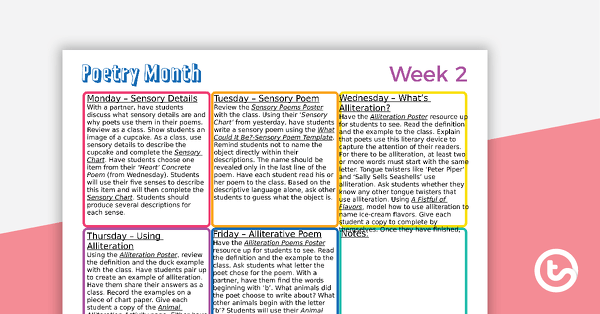
Primary Weekly Poetry Guide - Week 2
Use this weekly poetry guide to celebrate National Poetry Month in your primary classroom.
- Plus Plan
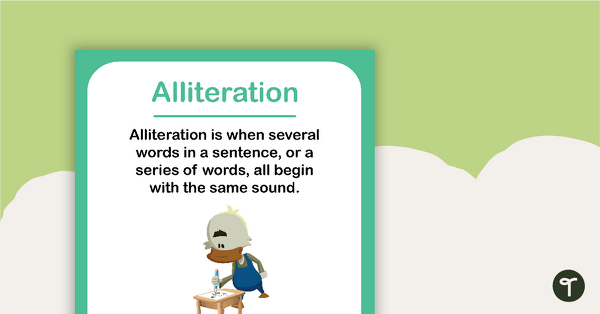
Alliteration Poster For Young Students
A poster to use with young students when teaching alliteration.
- Plus Plan
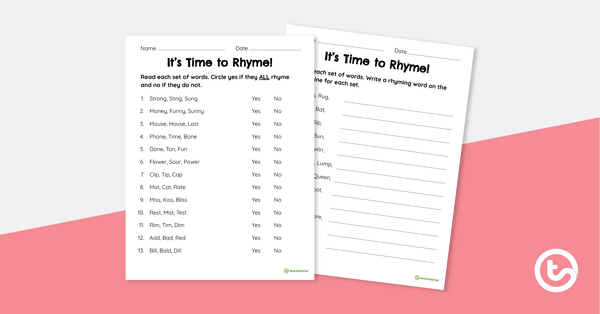
It's Time to Rhyme! - Practice Worksheet
Practice identifying and producing rhyming sets with this independent or partner worksheet.
- Plus Plan
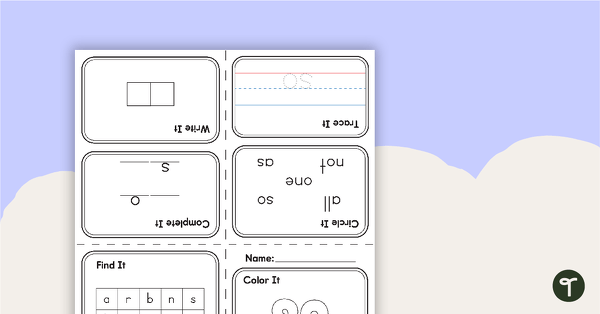
My Little Sight Word Book - So
A little book with activities for the sight word ‘so’.
- Plus Plan
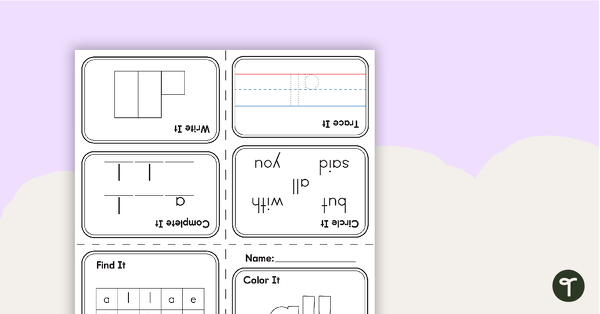
My Little Sight Word Book - All
A little book with activities for the sight word 'all'.
- Plus Plan
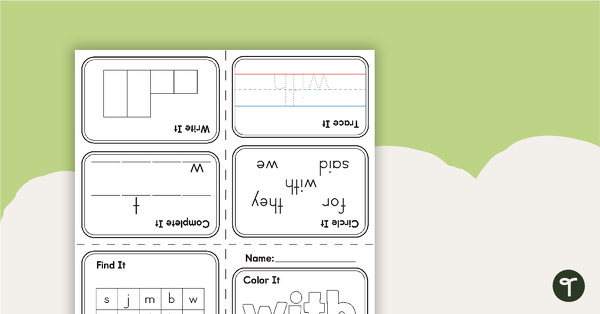
My Little Sight Word Book - With
A little book with activities for the sight word ‘with’.
- Plus Plan
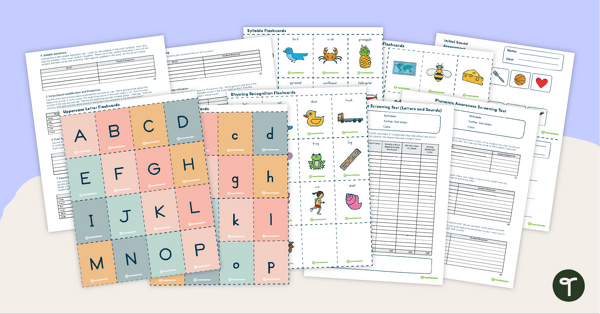
Diagnostic Reading Assessment for Teachers (Phonological Awareness)
Test your students' phonological awareness with this diagnostic reading assessment.
- Free Plan

My Little Sight Word Book - Said
A little book of activities for the sight word ‘said’.
- Plus Plan
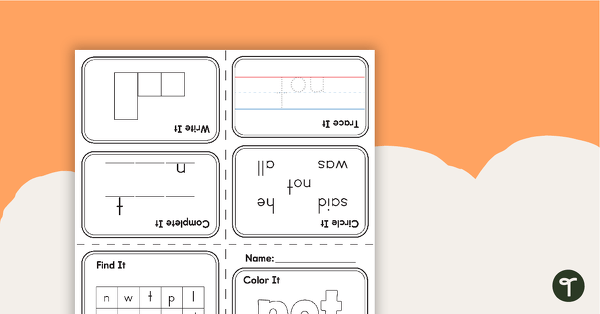
My Little Sight Word Book - Not
A little book of activities for the sight word ‘not’.
- Plus Plan
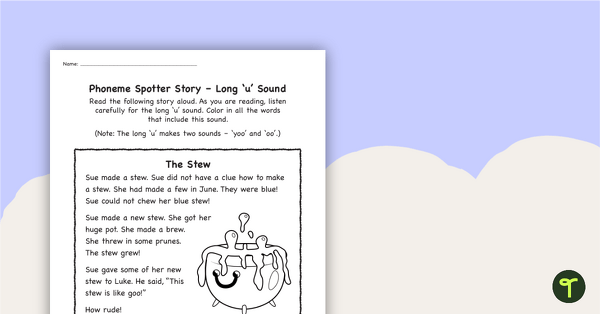
Phoneme Spotter Story – Long 'u' Sound
A decodable text featuring various graphemes that make the long 'u' sound.
- Free Plan
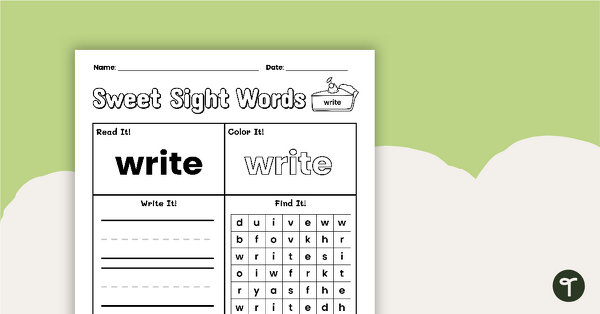
Sweet Sight Words Worksheet - WRITE
Practice reading, writing, and identifying the high-frequency word “write” from the Second Grade Dolch sight words list.
- Plus Plan
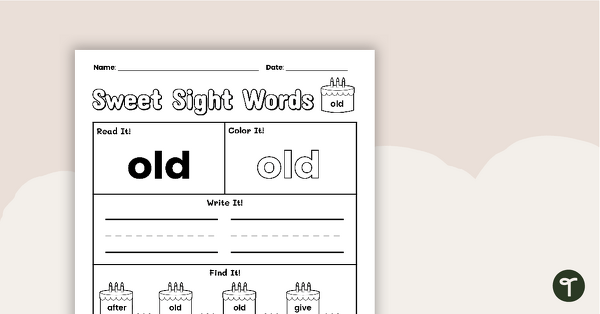
Sweet Sight Words Worksheet - OLD
Practice reading, writing, and identifying the high-frequency word “old” from the First Grade Dolch sight words list.
- Plus Plan
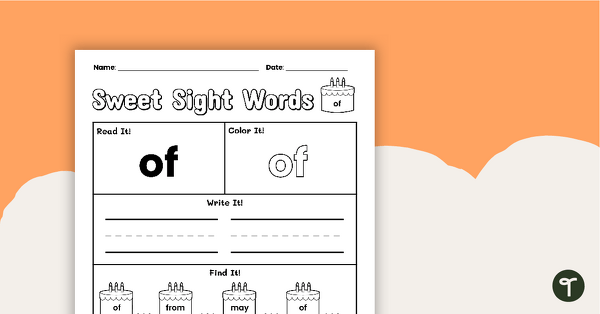
Sweet Sight Words Worksheet - OF
Practice reading, writing, and identifying the high-frequency word “of” from the First Grade Dolch sight words list.
- Plus Plan
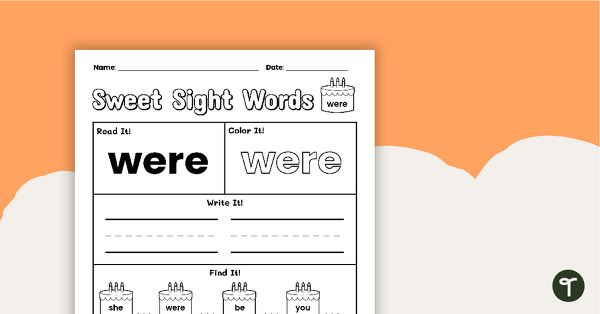
Sweet Sight Words Worksheet - WERE
Practice reading, writing, and identifying the high-frequency word “were” from the First Grade Dolch sight words list.
- Plus Plan
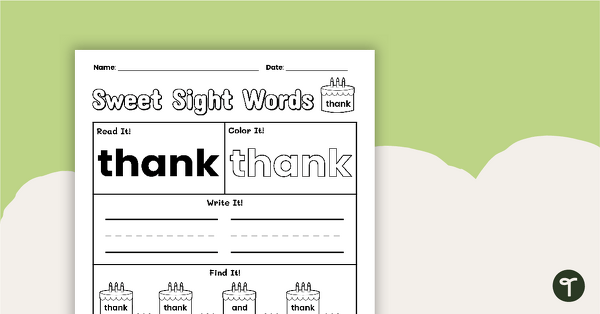
Sweet Sight Words Worksheet - THANK
Practice reading, writing, and identifying the high-frequency word “thank” from the First Grade Dolch sight words list. Perfect Thanksgiving resource!
- Plus Plan
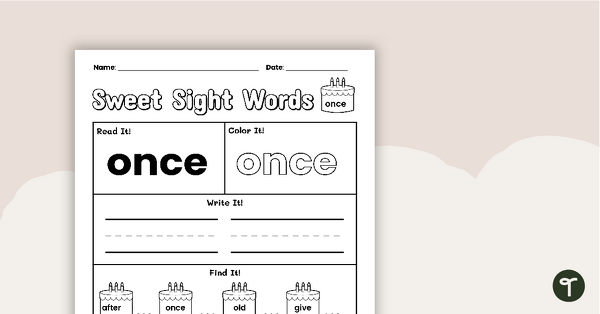
Sweet Sight Words Worksheet - ONCE
Practice reading, writing, and identifying the high-frequency word “once” from the First Grade Dolch sight words list.
- Plus Plan
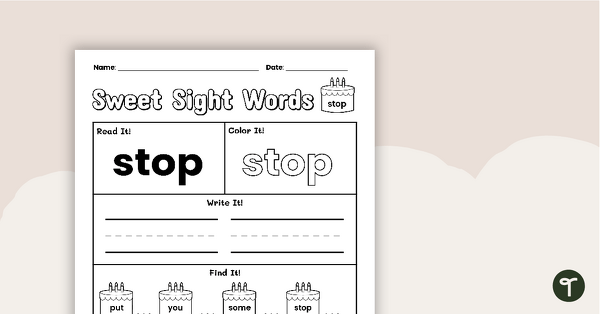
Sweet Sight Words Worksheet - STOP
Practice reading, writing, and identifying the high-frequency word “stop” from the First Grade Dolch sight words list.
- Plus Plan
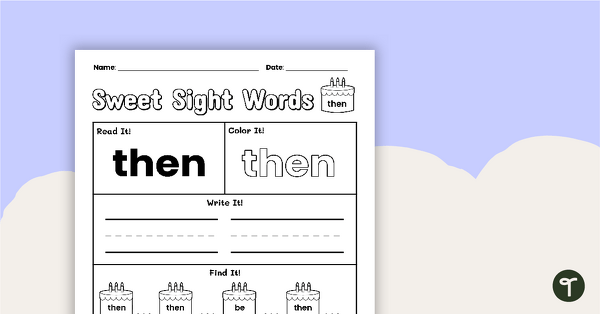
Sweet Sight Words Worksheet - THEN
Practice reading, writing, and identifying the high-frequency word “then” from the First Grade Dolch sight words list.
- Plus Plan
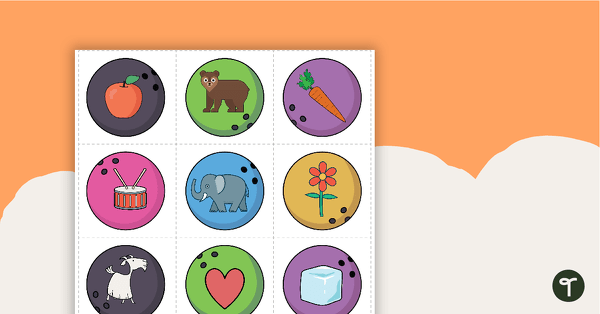
Bowling Game - Beginning Sounds
Practice applying letter-sound correspondence with 26 picture cards and letter pins.
- Plus Plan
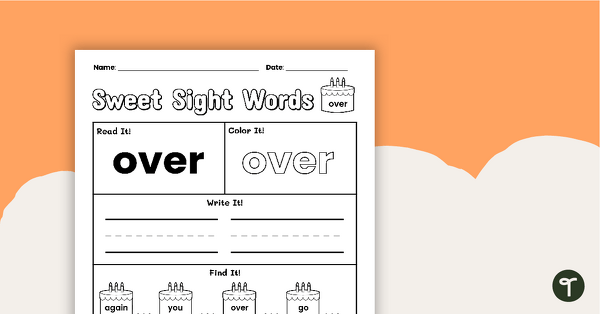
Sweet Sight Words Worksheet - OVER
Practice reading, writing, and identifying the high-frequency word “over” from the First Grade Dolch sight words list.
- Plus Plan
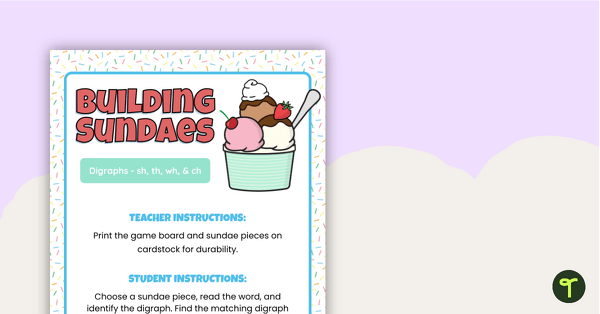
Building Sundaes - Digraphs
Identify initial and final consonant digraphs with this set of 4 yummy digraph sundaes.
- Plus Plan
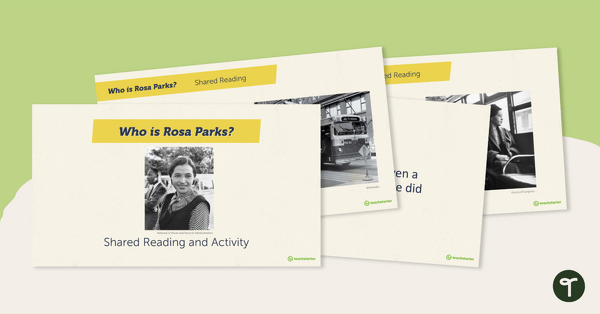
Who Is Rosa Parks? – Shared Reading and Activity
Learn about and discuss activist Rosa Parks and the Montgomery bus boycott with this 15-slide read-along PowerPoint presentation.
- Plus Plan
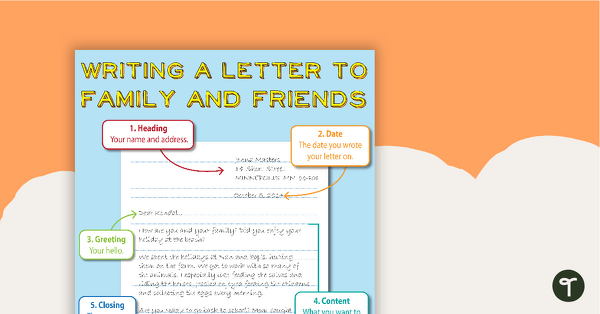
Writing a Friendly, Personal Letter Poster
An educational poster showing students how to lay out a personal letter.
- Plus Plan
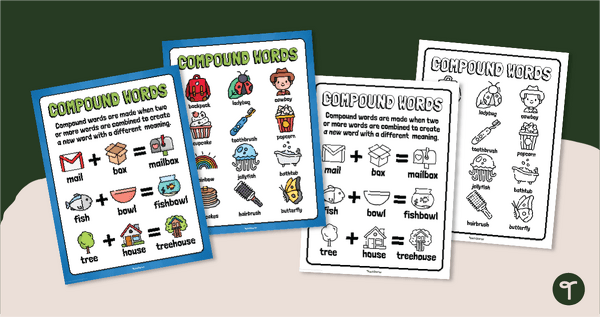
Compound Words Poster
Show your students examples of compound words with a pair of printable Compound Word Anchor Charts.
- Free Plan
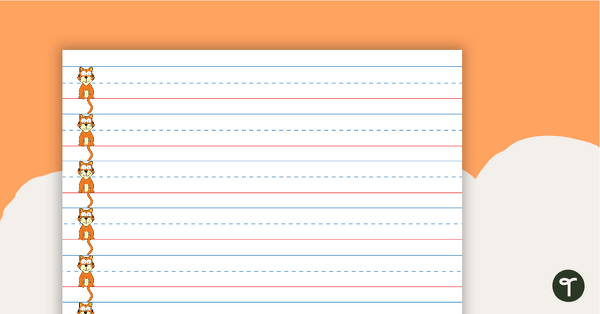
Cat Handwriting Paper - Dotted Middle Line
A set of handwriting lines to use when teaching your students how to sit their letters properly on a line.
- Plus Plan

Season Handwriting Sheets
Handwriting sheets about the seasons.
- Plus Plan

CVC Beginning and Ending Letters Worksheet Pack
Practice identifying missing beginning and ending sounds and letters in this set of 10 CVC worksheets.
- Plus Plan
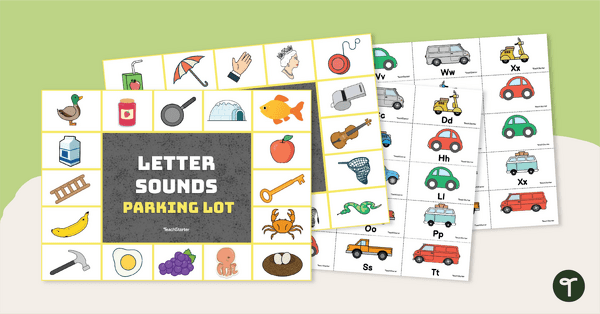
Letter Sounds Matching Game - Parking Lot
Practice applying letter-sound correspondence with this set of upper and lowercase letter cards and matching game boards.
- Plus Plan
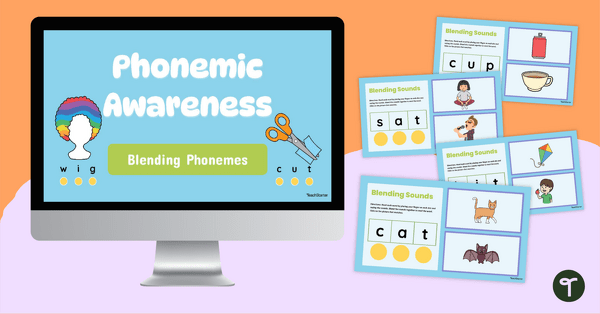
Blending CVC Word Activity
Use this Blending CVC Word Activity with your students to get them practicing blending simple CVC words.
- Plus Plan
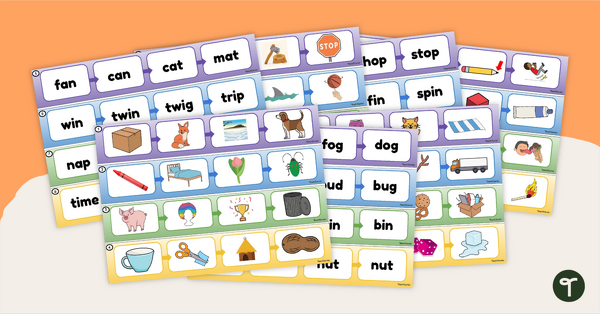
Phoneme Manipulation Picture Cards
Explore phoneme substitution with your students using this set of image task cards.
- Plus Plan
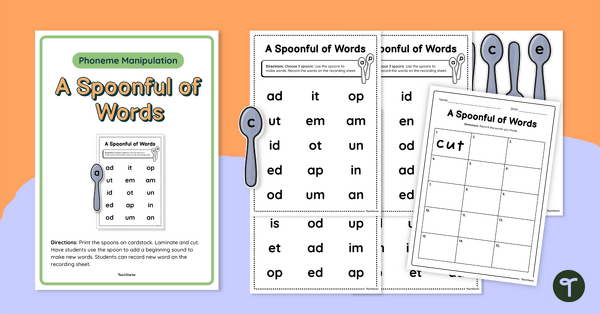
Manipulating Phonemes Activity
Help students practice manipulating phonemes with this manipulating phonemes activity - a spoonful of fun!